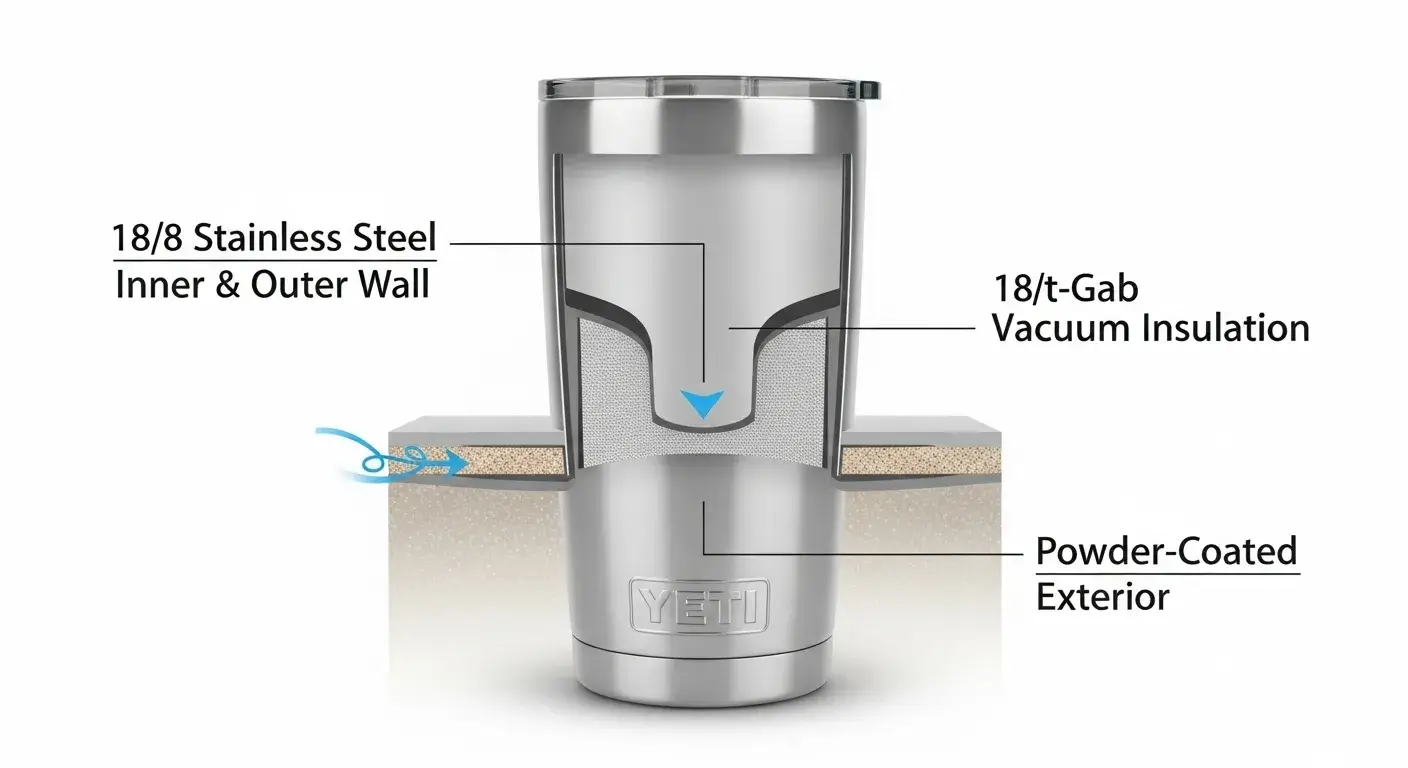
Curious how Yeti tumblers are built to last? Discover the step-by-step process that turns steel into premium drinkware.
Yeti tumblers are made from high-grade stainless steel using advanced forming, vacuum sealing, and finishing processes to ensure durability and performance.
Keep reading to understand what sets Yeti apart in the world of insulated drinkware.
What Materials Are Used to Make Yeti Tumblers?
Yeti tumblers are made from 18/8 stainless steel1, known for its high corrosion resistance and food-safe properties.
Yeti uses food-grade 18/8 stainless steel for strength, safety, and long-lasting durability.
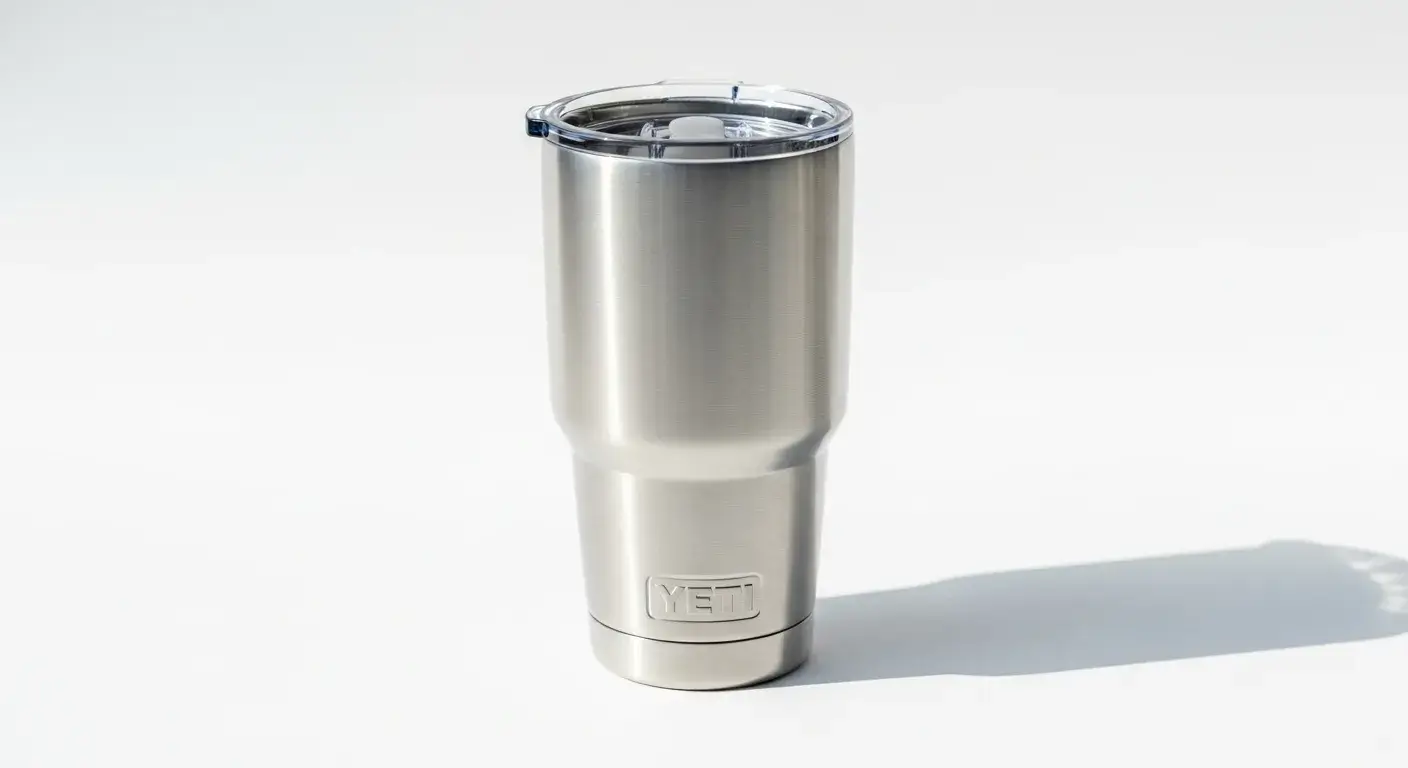
Material Benefits
- Resistant to rust and corrosion
- Doesn’t retain flavors or odors
- Suitable for hot and cold beverages
| Component | Material | Notes |
|---|---|---|
| Inner Shell | 18/8 Stainless Steel | Seamless for easy cleaning |
| Outer Shell | 18/8 Stainless Steel | Adds strength and structure |
| Lid | BPA-Free Plastic | With silicone gasket |
| Coating | Powder/paint/laser | Durable and decorative |
How Are the Outer and Inner Walls Formed?
Laser-cut stainless steel sheets are shaped using deep drawing and stretch forming techniques.
The inner wall is deep-drawn for a seamless interior2, while the outer wall is stretch-formed for durability.
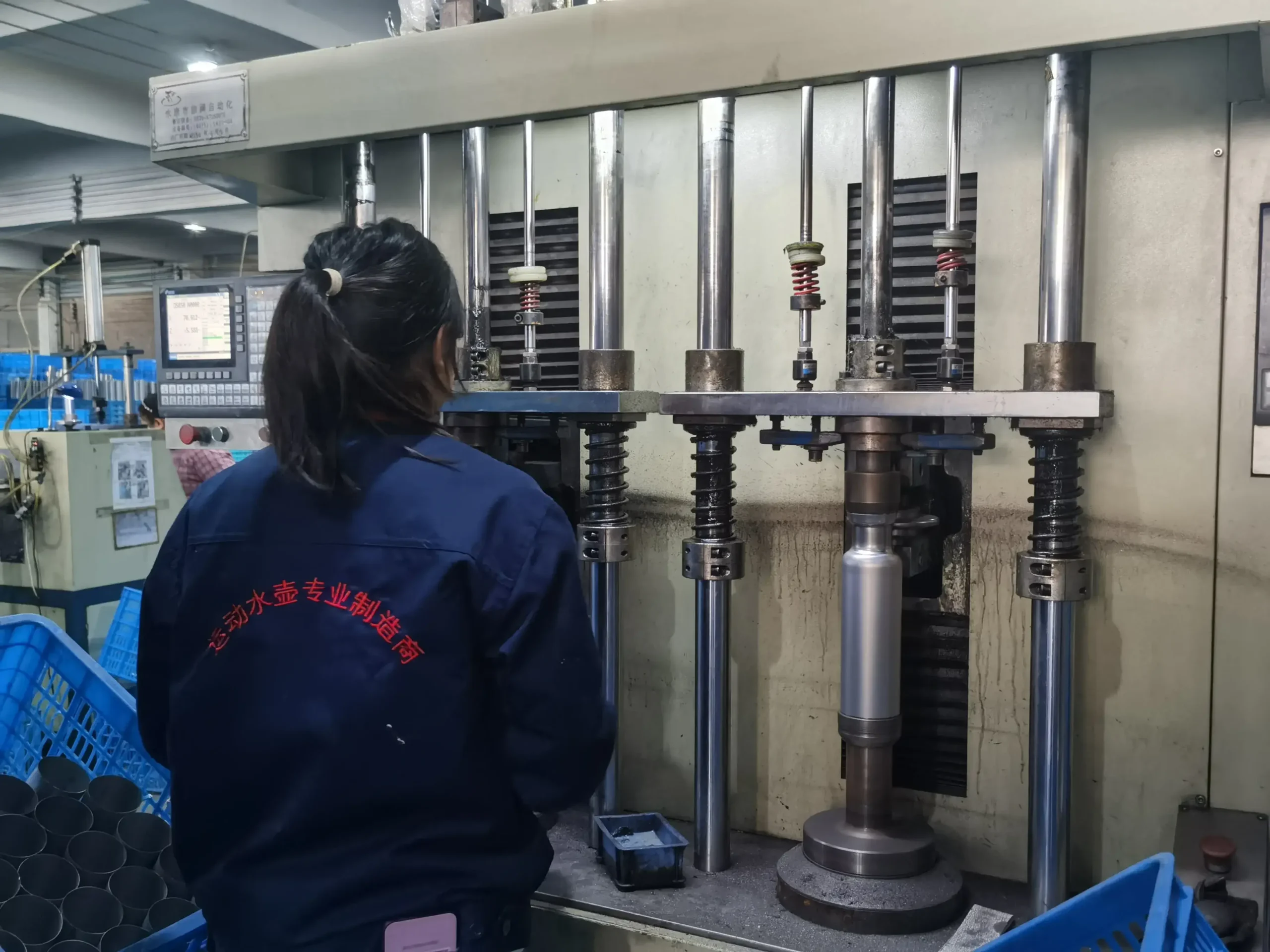
Wall Forming Techniques
- Deep Drawing: Pulls steel into shape with minimal seams
- Stretch Forming: Shapes outer shell for structural strength
What Is the Vacuum Insulation Process in Yeti Tumblers?
Once assembled, the space between the inner and outer walls is vacuum sealed using high-temperature batch processing.
Yeti uses no-pipe vacuum technology3 to remove air and create long-lasting insulation.
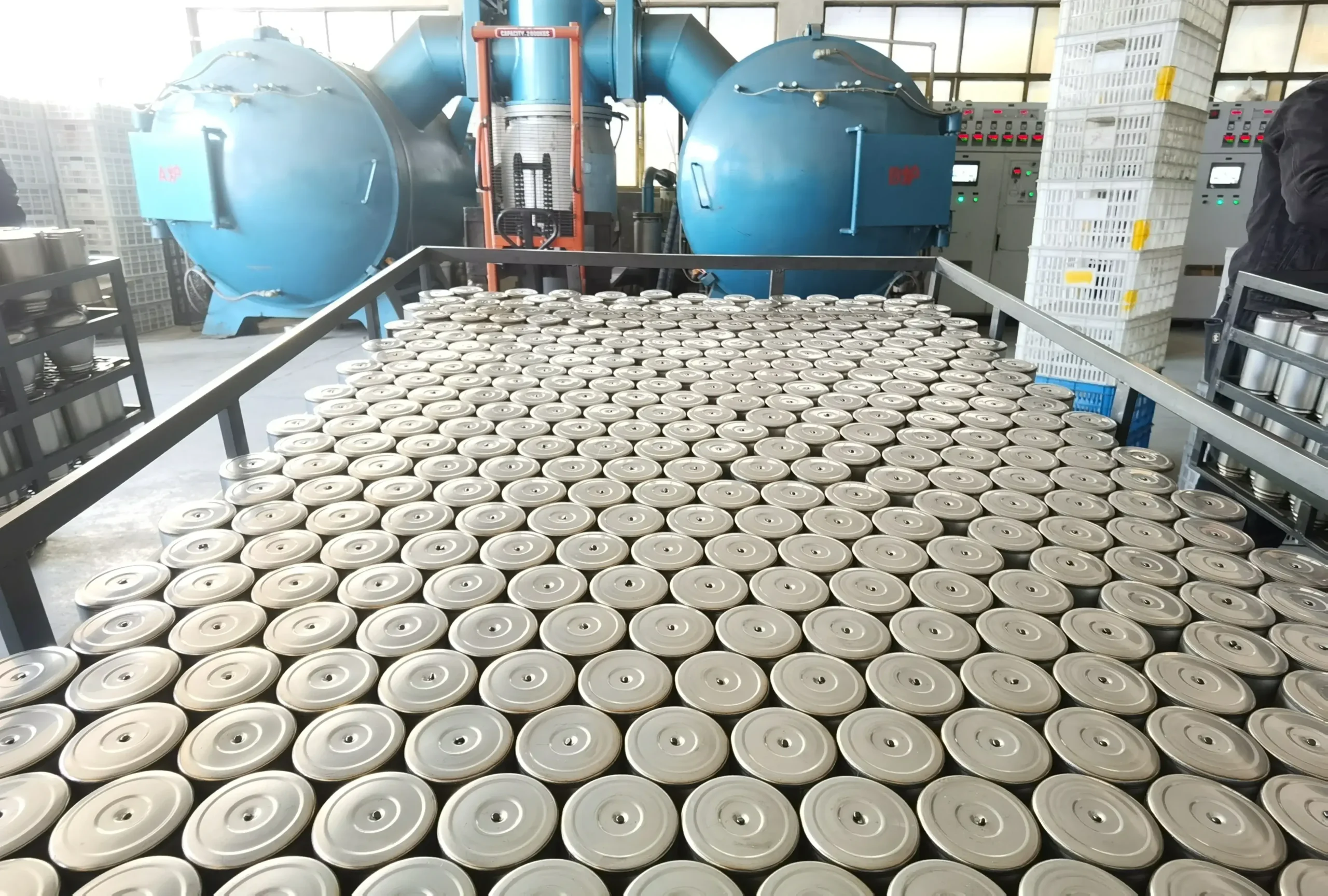
Key Vacuum Steps
- Place units in vacuum oven
- Heat and remove air between walls
- Weld mouth and base to seal vacuum
How Are the Tumblers Assembled and Sealed?
Inner and outer walls are precisely aligned and welded at both the mouth and bottom4 to maintain vacuum integrity.
Welding locks the structure and ensures insulation is airtight and durable.
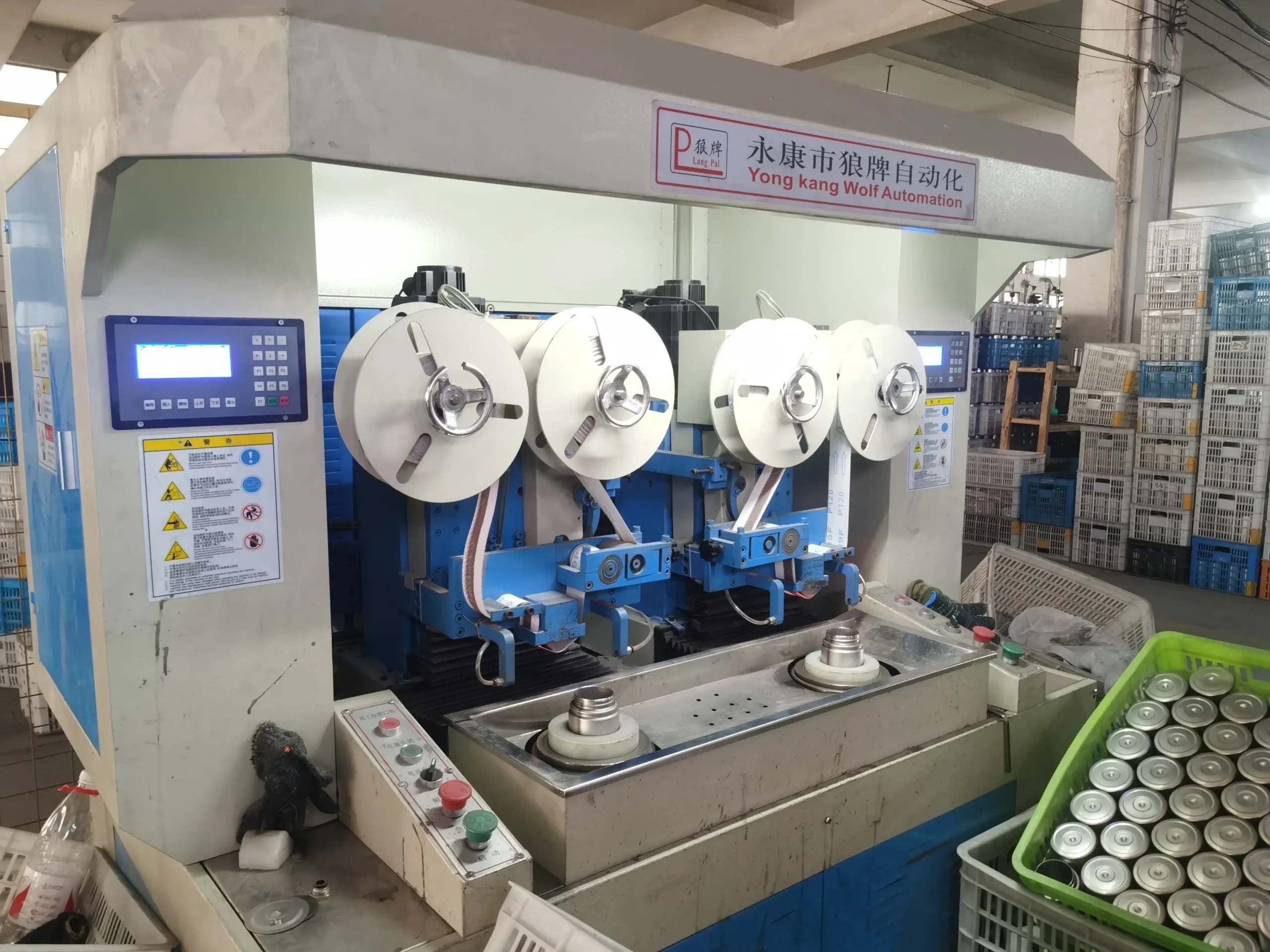
Assembly Steps
- Fit inner into outer shell
- Add getter to absorb residual gases
- Weld top and bottom closures
What Finishing Techniques Are Used on Yeti Tumblers?
Each tumbler undergoes powder coating or laser engraving5 to enhance grip and customize branding.
Powder coating creates a tough, non-slip surface; laser engraving adds fine detail.
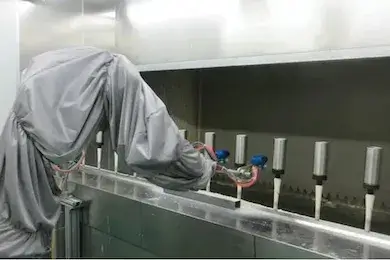
Surface Finishing Options
- Powder Coating: Durable, colorful, and textured
- Silk Screening: Ideal for logos and simple designs
- Laser Engraving: Precise, permanent branding
How Are Yeti Tumbler Lids Made and Assembled?
Lids are molded from BPA-free plastics and assembled with silicone gaskets6 for a tight, leak-proof fit.
Injection-molded lids with silicone seals provide durability and splash resistance.
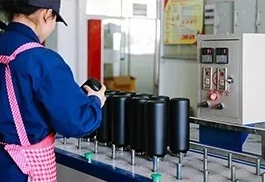
Lid Features
- BPA-free, clear plastic
- Magnetic slider or press-fit options
- Silicone gaskets for seal integrity
What Quality Control Measures Ensure Yeti’s Durability and Performance?
Every tumbler is subjected to visual inspection, vacuum integrity checks, and leak testing7.
Rigorous testing ensures that each Yeti product meets the brand’s high performance standards.
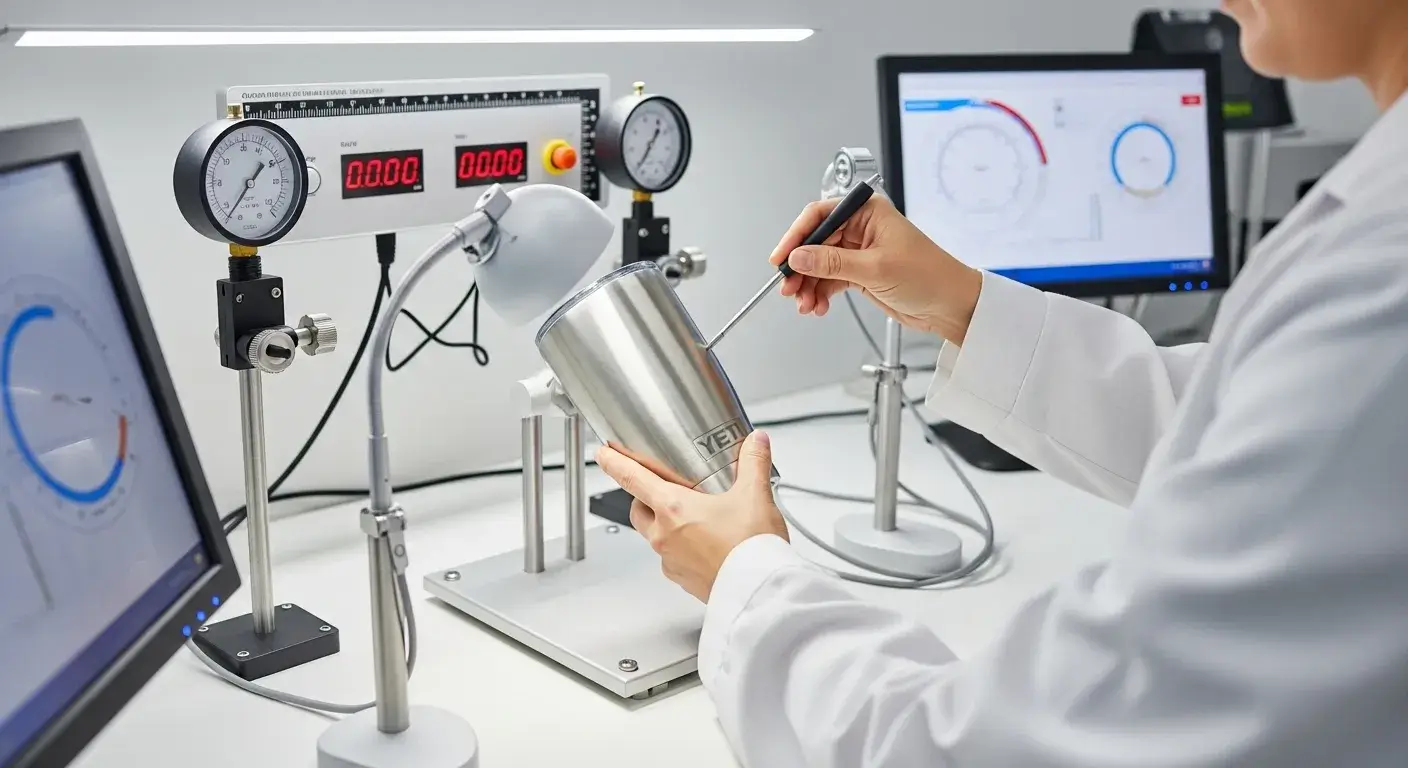
QC Checklist
- Visual Inspection: Coating and welding flaws
- Leak Testing: Confirm no seal failures
- Vacuum Test: Check insulation efficiency
Conclusion
Yeti tumblers are crafted from premium stainless steel using precision forming, vacuum insulation, and tough coatings for lasting quality.
FAQs
Are Yeti tumblers copper lined?
Most Yeti tumblers do not feature copper linings. Standard models rely on vacuum insulation for temperature control.
Where are Yeti tumblers manufactured?
They are primarily manufactured in China and the Philippines using advanced stainless steel processing facilities.
Can the powder coating chip or peel?
Yeti's powder coating is highly durable, but excessive impact or abrasion may cause wear over time.
What makes Yeti different from cheaper tumblers?
Yeti's tumblers feature precision welding, vacuum sealing, and strict quality control that ensure consistent insulation and durability.
Is Yeti dishwasher safe?
Yes, Yeti tumblers and lids are generally top-rack dishwasher safe, though handwashing extends the lifespan of the coating.
Footnotes:
-
18/8 stainless steel resists corrosion and is food-safe ↩
-
Deep drawing ensures seamless interiors ideal for hygiene and insulation ↩
-
Vacuum technology eliminates air for thermal performance ↩
-
Welded seams at both ends ensure a tight vacuum seal ↩
-
Durable finishes enhance both function and branding ↩
-
BPA-free lids with gaskets provide leak resistance and usability ↩
-
Each unit is tested to verify vacuum, seal, and finish quality ↩

